
Few things can rival the majesty and beauty of our planet’s oceans. Spanning nearly 71% of Earth’s surface, these vast and mysterious water bodies house a staggering array of life forms, from the tiniest plankton to the mighty whales that roam their depths. Yet, despite their immense ecological importance and their undeniable allure, our oceans are facing an unprecedented crisis.
Ocean and marine conservation, the collective effort to protect and preserve these fragile ecosystems, has become an urgent global priority. As human activities continue to exert immense pressure on the oceans, from overfishing to pollution, the need to safeguard their biodiversity and restore their health has never been more critical.
With every passing day, more and more species teeter on the brink of extinction, coral reefs bleach and crumble, and entire ecosystems suffer irreparable damage. The consequences of our actions extend beyond the boundaries of the ocean, affecting not only marine life but also human communities that rely on these precious resources for sustenance and livelihoods.
Fortunately, there is hope. Scientists, conservationists, policymakers, and individuals around the world are joining forces to turn the tide and protect our oceans for future generations. Through innovative research, community-based initiatives, and international collaborations, we have the power to reverse the course of destruction and pave the way for a sustainable future.
Marine Protected Areas (MPAs)
In the battle to conserve our oceans, Marine Protected Areas (MPAs) have emerged as a vital tool for safeguarding marine ecosystems. These designated areas serve as sanctuaries and help protect vulnerable habitats, species, and natural resources from human activities such as fishing, pollution, and habitat destruction. By implementing effective management plans and regulations within MPAs, we can offer a lifeline to our oceans, fostering resilience and allowing the delicate balance of marine life to thrive.
The Importance of Marine Protected Areas (MPAs)
MPAs act as refuges for marine biodiversity, offering safe havens for coral reefs, seagrass beds, and other crucial habitats. They provide critical feeding grounds, breeding areas, and nurseries for a multitude of species, allowing populations to replenish and enhance their resilience. Additionally, MPAs promote the recovery of overfished stocks by providing shelter and preserving breeding stock, ensuring the continued health of fisheries.
Ecological Benefits of Marine Protected Areas (MPAs)
Protecting Sensitive Ecosystems: MPAs conserve delicate and vulnerable ecosystems such as seamounts and deep-sea habitats, which are often home to unique and rare species. Preserving these areas helps maintain biodiversity and allows for the discovery of new species and their potential contributions to medicine and scientific knowledge.
Supporting Coral Reef Conservation: Coral reefs are among the most biodiverse and productive ecosystems on Earth, but they face significant threats such as coral bleaching and acidification. MPAs can serve as critical refuges for coral reefs, allowing damaged reefs to recover and providing safe habitats for marine life reliant on these vibrant ecosystems.
Community Benefits of Marine Protected Areas (MPAs)
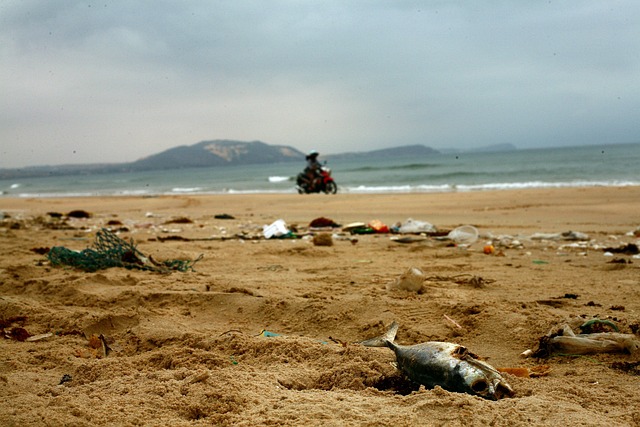
Supporting Sustainable Fisheries: By replenishing fish stocks within MPAs, local communities can benefit from increased catch yields, supporting their food security and economic stability.
Well-managed MPAs also promote sustainable fishing practices, preventing the depletion of fish populations and preserving livelihoods for future generations.
Enhancing Tourism and Recreation: MPAs offer unique opportunities for visitors to immerse themselves in the diverse beauty of marine environments, promoting environmentally conscious tourism. Snorkeling, diving, and eco-tours can bring economic benefits to local communities, encouraging them to actively participate in conservation efforts.
Challenges and Solutions to Establishing Effective MPAs
The success of MPAs relies on strong collaboration between scientists, communities, governments, and various stakeholders. Involving local communities in the planning and management process fosters a sense of ownership and empowers them to become advocates for sustainable and responsible resource use.
Enforcing and Monitoring Compliance: Establishing regulations within MPAs is crucial, but effective enforcement is equally important. Implementing robust surveillance and monitoring systems, educating stakeholders about the importance of compliance, and establishing penalties for illegal activities are key steps towards ensuring the long-term success of MPAs.
Plastic Pollution and Ocean Health
Plastic pollution has emerged as one of the gravest threats to the health and well-being of our oceans. The pervasive presence of plastic debris, from single-use items to microplastics, poses a significant risk to marine life, ecosystems, and ultimately, our own well-being.
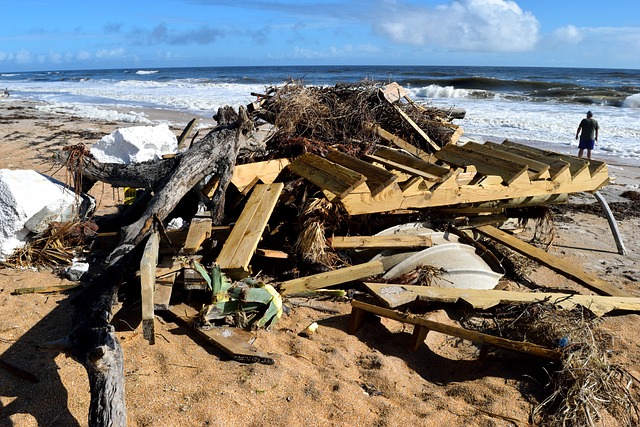
As we continue to produce and consume plastic at alarming rates, it is crucial to understand the detrimental impact this pollution has on the oceans and explore solutions to combat this crisis.
The Scope of Plastic Pollution
Items such as plastic bags, bottles, and packaging contribute significantly to ocean pollution due to their short lifespan and improper disposal. These items often find their way into waterways and eventually make their journey to the sea.
Tiny plastic particles, less than five millimeters in size, enter the marine environment through various sources, including the breakdown of larger plastic debris, cosmetics, and synthetic fibers from clothing. These microplastics are ingested by a wide range of marine organisms, impacting their health and disrupting the delicate balance of ecosystems.
Impacts on Marine Life and Ecosystems
Marine animals, such as sea turtles, seabirds, and whales, can become entangled in plastic debris, leading to injury, suffocation, and death. Additionally, marine species often mistake plastic for food, leading to internal blockages, malnutrition, and reduced reproductive success.
As plastic enters the food web, it accumulates and magnifies in concentration, affecting not only individual organisms but also entire ecosystems. This disruption can have far-reaching consequences, impacting the balance of predator-prey relationships and compromising the health of marine populations.
Human Health Concerns
Plastics can absorb harmful chemicals and pollutants present in the environment. When consumed by marine organisms, these contaminants enter the food chain, potentially posing risks to human health through the consumption of contaminated seafood.
Recent studies have revealed the presence of microplastics in tap water, bottled water, and even in the air we breathe. Though the long-term health impacts are still being investigated, the presence of microplastics in our daily lives raises concerns about their potential effects on human well-being.
Solutions and Mitigation Strategies
- Reduce, Reuse, Recycle: Reducing our reliance on single-use plastics and actively seeking alternatives can significantly decrease the amount of plastic waste entering our oceans. Embracing reusable products, encouraging recycling, and supporting eco-friendly packaging are key steps towards addressing this issue.
- Improved Waste Management: Ensuring effective waste management systems, such as proper disposal and recycling infrastructure, prevents plastic from entering waterways and ultimately reaching the oceans.
- Education and Public Awareness: Raising awareness about the impact of plastic pollution and promoting responsible consumer habits is vital. Empowering individuals to make informed choices and engage in sustainable practices is crucial in the fight against plastic pollution.
- Innovative Solutions: The development and implementation of innovative technologies, such as biodegradable plastics and clean-up initiatives, offer promising solutions to tackle plastic pollution. Collaborative efforts between governments, industries, and individuals are imperative to drive these advancements and bring about meaningful change.
Coral Reefs and Ocean Acidification
Coral reefs are vibrant underwater ecosystems that teem with life, providing habitat for countless marine organisms. Unfortunately, these magnificent structures are facing an unprecedented threat – ocean acidification. As carbon dioxide levels in the atmosphere rise due to human activities, such as burning fossil fuels, the oceans are absorbing a significant amount of this excess carbon dioxide. This absorption leads to a decrease in pH, making the seawater more acidic. The consequences of this process are alarming, particularly for coral reefs.
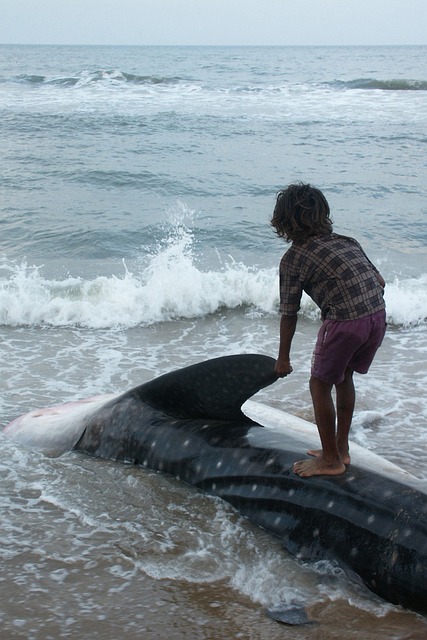
Understanding Ocean AcidificatioN
Ocean acidification is caused by the chemical reaction of carbon dioxide with seawater, leading to an increase in hydrogen ions and a decrease in carbonate ions. This decrease in carbonate ions makes it more challenging for marine organisms, like corals, to build and maintain their calcium carbonate skeletons or structures.
Impact on Coral Reefs:
- Bleaching and Loss of Biodiversity
Coral bleaching occurs when coral expel the symbiotic algae living in their tissues due to stress. Ocean acidification exacerbates this stress, making coral reefs more susceptible to bleaching events, which can result in the loss of vibrant colors and the death of corals. This decline in coral health directly affects the biodiversity and productivity of the entire reef ecosystem.
- Weakened Reefs and Erosion
As the acidity of the ocean increases, corals find it challenging to build and repair their skeletal structures. This process weakens the reefs, making them more susceptible to erosion from wave action and storms. The loss of coral reefs not only reduces vital habitat for fish and other marine species, but it also compromises the natural barriers that protect coastal communities from the impacts of severe weather events.
- Disrupted Food Chains:
Coral reefs support complex food webs, with coral acting as the foundation for diverse marine life. The decline of coral reefs due to ocean acidification disrupts these intricate ecosystems, leading to ripple effects throughout the food chain. As coral structures erode and corals struggle to regenerate, the entire community of organisms that depends on the reef for food and shelter faces a significant loss.
Mitigating Ocean Acidification and Preserving Coral Reefs
Reducing Carbon Emissions
Addressing the root cause of ocean acidification requires a concerted effort to reduce carbon emissions. Transitioning to cleaner and renewable sources of energy and promoting sustainable practices can significantly contribute to mitigating this threat.
Protecting and Restoring Coral Reefs
Implementing strict measures to protect and conserve existing coral reefs is crucial. This includes the establishment and management of marine protected areas, where destructive activities such as fishing and anchoring are regulated or prohibited.
Efforts towards restoring damaged or degraded coral reefs should be intensified. This can involve techniques such as coral gardening, where healthy coral fragments are cultivated and transplanted onto degraded reefs, or the use of artificial reef structures to enhance reef habitat.
Research and Innovation
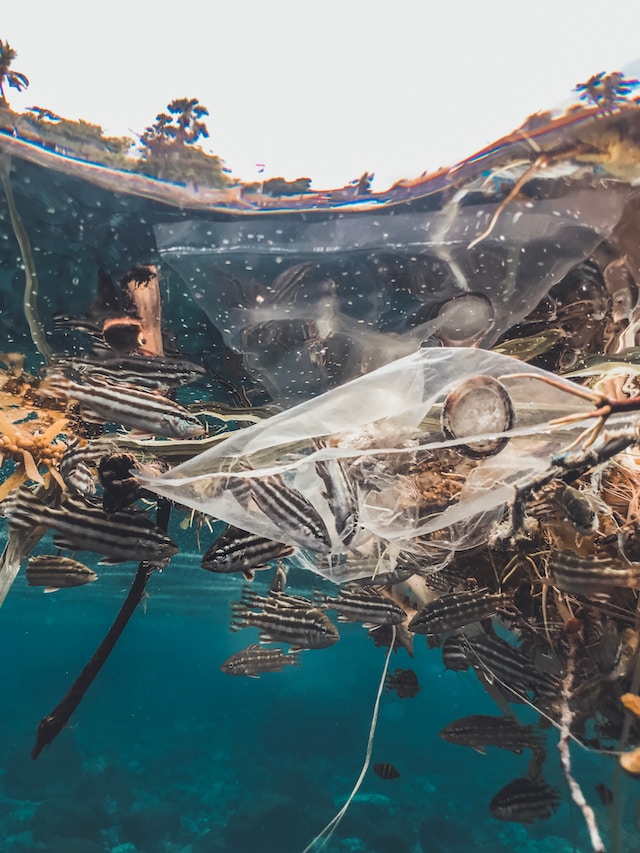
Further research into understanding the resilience of coral reefs to ocean acidification is essential. By studying the natural mechanisms that allow some corals to adapt or survive in acidic conditions, scientists can identify strategies to enhance the resilience of reefs.
Innovative approaches may offer hope for mitigating the impacts of ocean acidification.
These include the development of artificial materials or coatings that can protect corals from the effects of increased acidity. These solutions can serve as a bridge while larger-scale carbon emission reductions take effect.
Technological Innovations for Monitoring and Conservation
In the realm of ocean and marine conservation, technological advancements have revolutionized our ability to monitor and protect our precious oceans. From cutting-edge sensors and drones to data analysis software, these innovations offer invaluable tools for scientists, researchers, and conservationists. By harnessing the power of technology, we can gather crucial data, gain a deeper understanding of marine ecosystems, and implement targeted ocean and marine conservation strategies. Here are some notable technological innovations that are making a significant impact on ocean and marine conservation and monitoring efforts:
- Remote Sensing and Satellite Monitoring
Utilizing satellites equipped with high-resolution sensors, scientists can remotely monitor changes in ocean temperature, sea surface height, and chlorophyll concentration. This data aids in identifying areas of concern, such as regions experiencing coral bleaching or harmful algal blooms.
Remote sensing technology also enables the detection of illegal fishing activities, oil spills, and other forms of marine pollution, allowing for rapid response and mitigation efforts.
- Underwater Remote Sensing
Autonomous underwater vehicles (AUVs) equipped with advanced sensors are capable of collecting vast amounts of data on water quality, temperature, salinity, and marine life distribution. These AUVs can operate in inhospitable or dangerous environments, providing insights into remote and inaccessible areas.
Remotely Operated Vehicles (ROVs) equipped with cameras and sampling devices can explore the depths of the ocean, capturing high-definition imagery, and collecting samples for further analysis. This technology aids in studying deep-sea ecosystems, identifying new species, and monitoring vulnerable habitats.
- Acoustic Monitoring
Hydrophones and sound-recording devices allow scientists to monitor and analyze the acoustic environment of the ocean. By studying the soundscape, researchers can assess the population density and behavior of marine mammals, fish, and other underwater species.
Passive acoustic monitoring is particularly valuable for tracking the migration patterns and breeding activities of marine mammals, as well as identifying areas of high biodiversity.
- Environmental DNA (eDNA) Sampling
eDNA sampling involves collecting and analyzing traces of genetic material left behind by organisms in the environment, such as skin cells, feces, or mucus. This technique provides valuable insights into species diversity, distribution, and abundance. eDNA analysis is especially useful for studying elusive or rare species, as it allows for non-intrusive monitoring without direct physical contact.
- Big Data and Artificial Intelligence
The integration of big data and artificial intelligence (AI) technologies has significantly enhanced our ability to analyze and interpret vast amounts of data collected from various monitoring sources. Machine learning algorithms can process and identify patterns in marine data, such as species distribution, migration routes, and ecosystem health. This technology aids in predicting changes in marine environments, identifying ocean and marine conservation hotspots, and optimizing resource management strategies.
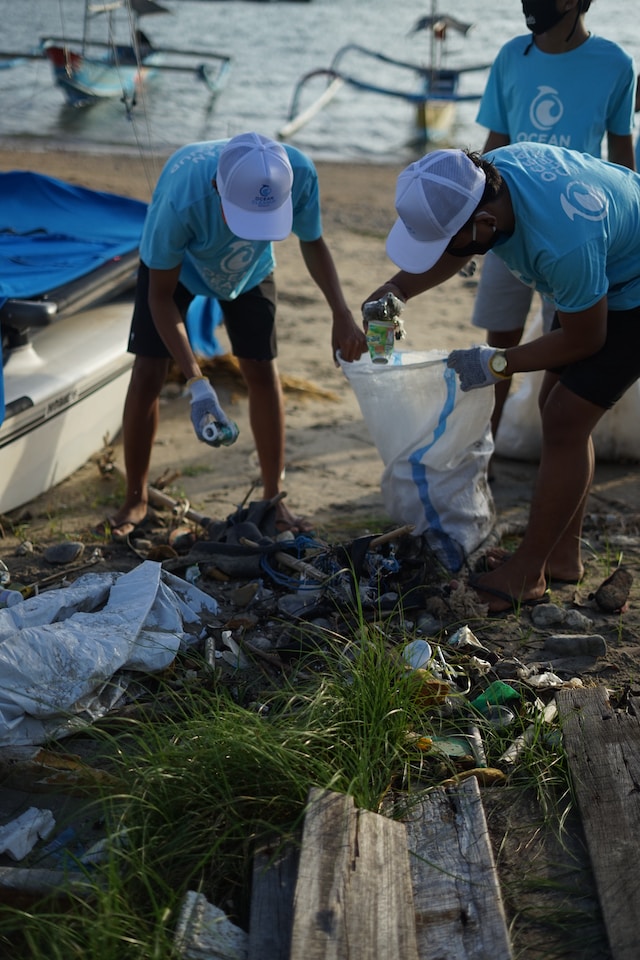
- Citizen Science and Mobile Applications
Mobile applications and online platforms allow citizen scientists to contribute to ocean and marine conservation efforts by collecting and reporting data. Whether it’s photographing marine life, recording water quality parameters, or reporting pollution incidents, these crowd-sourced efforts provide valuable data on a global scale. Mobile applications also play a role in public awareness and education, providing a platform for sharing conservation information, promoting sustainable practices, and connecting individuals with local conservation initiatives.
Technological innovations have revolutionized marine monitoring and conservation efforts, empowering scientists and enthusiasts alike to protect our oceans more effectively. By embracing these advancements, we can gather critical data, develop targeted ocean and marine conservation strategies, and inspire a global commitment to safeguarding our marine ecosystems for future generations. As technology continues to advance, the possibilities for marine conservation will expand, offering hope for a brighter future for our oceans.


